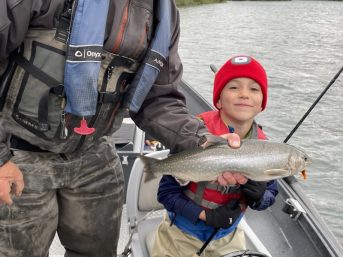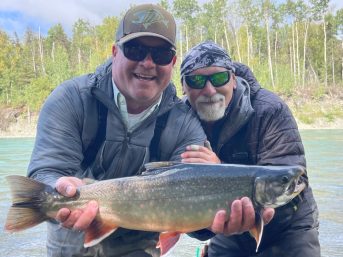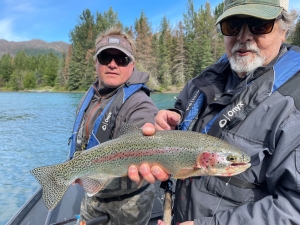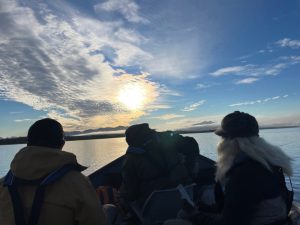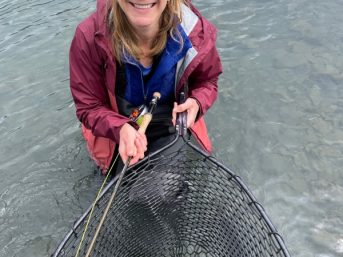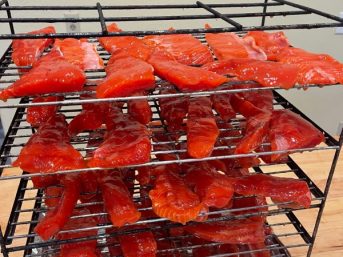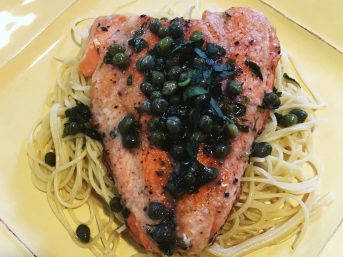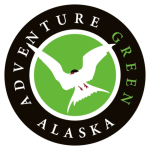There is never a shortage of questions when it comes to booking a guide on an Alaskan adventure. Clothing, gear, available species, what to bring to eat or drink, just to name a few. One question that always surfaces when a parent wants to bring one or two of their children is if their child is welcome on a guided fishing trip on the Kenai River. The answer to that question at Jason’s Guide Service is always going to be, “Absolutely.” The question you will get back from us is, “Will your child be able to handle the rigors of an Alaskan fishing excursion?” The answer to that one will always revolve around the child’s age and whether they can spend a number of hours restricted to a small space in a fishing boat.
There are some considerations when bringing your child on a guided fishing trip. How long is the trip? What kind of fishing will we be doing? What species will we fish for? What will the start time be? These are just some of the factors that need to be considered.
The Kenai River offers many opportunities for different species and techniques and it is very important to pick the right species and technique that best suits your child’s needs. The species that Jason’s Guide Service fishes for are the sockeye salmon, silver salmon, rainbow trout, and Dolly Varden char, the most targeted species by anglers on this river.
The sockeye fishery is the hardest for your kids to participate in because we wade in the river and fish with eight-weight fly rods doing what we call “The Sockeye Swing.” The youngest I recommend for sockeye fishing is 10 years old if your child is well developed and has good coordination. At 12 years of age they are definitely developed enough if they have the desire to attempt this rigorous style of fishing.
The silver salmon get bigger than the sockeye but are mostly fished from the boat and can be fished by children of any age that can cast and retrieve an open-faced spinning reel or can take a rod out of a rod holder.
The rainbow trout and Dolly Varden char are the best bet for kids younger than 10 because they can spin fish for the trout and char and all the young kiddos need to do is hold on to a rod and reel the fish in. I always recommend back trolling or plug fishing – as we call it on the Kenai – for the younger kids because it’s an easy way to put up numbers and keep the kids into the fish and happy.
There is a huge misconception that kids can’t fly fish for trout or salmon until they are older. I find the exact opposite to be true. Kids are amazing when captivated or interested in something, and when a kid wants to learn something new the learning curve is real quick, much quicker than teaching an older person. Don’t let the hype or stereotype of what a fly angler is supposed to look like dissuade you from taking a fly fishing trip with your kids, because I can almost guarantee you that they will learn the sport quickly and be hooked for life when taught in a low pressure, fun environment like we have at Jason’s Guide Service.
The moral of this story – I mean Blog – is that, yes, you can and should take your kids on a guided fishing trip on the Kenai River when you visit Alaska. There is nothing better than quality family time on the water.

